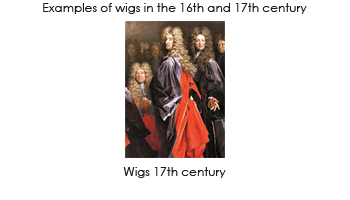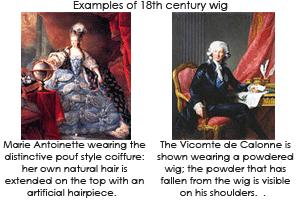Brief History of Wigs
Wigs have been around for centuries, many before us used wigs for fashion, class status, medical, and personal hygiene reasons. Let’s explore more…
Wigs originated in Africa, as different styles apart from protecting hair, and displaying tribes and or cultural traditions. From there wigs started to travel to other countries & used by many different cultures, from the ancient Egyptians to the Japanese geishas.
Only the noble Egyptians were allowed to wear wigs, which covered their shaven heads. The short and blunt fringed style was worn by Egyptian men and long plaited or twisted styles were worn by the Egyptian women. Some of the female wigs were plaited with silver and gold thread to make them extra special.
Wigs were very popular in the 17th century and because wigs were very expensive to purchase only the wealthy could afford to have more than one. In those days personal hygiene was hard to attain, especially keeping their hair clean and this was even harder to do because they did not have hot water. The men would shave their heads and wear a wig instead; this would evade the dirty, greasy hair problem. Like today’s wigs they came in an array of styles, these were made from human hair, yak, or horsehair.
It was in the 1730s that wigs started to be dusted with white powder which was also scented either with lavender or orange blossom.
By the 1780s leading into the 1800’s, the French Revolution had wigs that were growing to enormous heights. Men and women were wearing these huge tall wigs, which were often happy homes to lice and even rats. This was such a problem that special sticks were produced to enable the wig wearer to scratch inside their wigs without having the ordeal of taking it off. Some wigs where so huge that they had real flowers as decoration with the bowl of water to keep them fresh placed on the inside of the wig. The popularity of these huge wigs grew to London were the main entrance to St Paul’s Cathedral had to be elevated to allow worshippers to come and go.

In the late 18th century Europe had a particular type of wig that was worn by professions only. These were very popular for those in the profession of coachmen, tradesmen, doctors, judges, army and navy officers.


wigs

 Click the link
Click the link  Free Shipping
Free Shipping  and Free Returns within 90 days
and Free Returns within 90 days